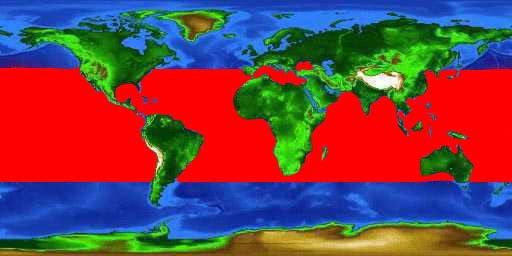
World distribution map for the little tunny
Common Names |
English language common names include little tunny, Atlantic little tuna, Atlantic little tunny, bone-eater, bonito, false albacore, little tuna, and mackerel tuna. European language-based common names include alletterato (Italian), apluro (Portuguese), atuncito (Spanish), bacoreta (Spanish), barrilete (Portuguese), bonite queue raide (French), bonito-pintado (Portguese), cachorra (Creole), cachorreta (Creole), cachorrinha (Creole), carachana (Spanish), carachana pintado (Spanish), falscher bonito (German), fule-fule (Portuguese), gueule molle (Creole), melena (Portuguese), melva (Portuguese), merma (Portuguese), ravil (French), thonine (French), thunnin (Danish), tonina (Maltese), and tonnetto (Italian). Other common names are atlanticheskyj malyj tunets (Russian), atlantiese kleintuna (Afrikaans), balamydah (Arabic), karvouni (Greek), luc (East Adriatic Coast Slavic languages), taiwan yaito (Japanese), ton mic (Romanian), and tunek atlantycki (Polish) as well as the Scandinavian names of tunniina (Finnish), tunnin (Norwegian), and tunnina (Swedish).
|
Geographical Distribution |
The little tunny is found worldwide in tropical to temperate waters, between 56??N-30??S. In the western Atlantic Ocean, it ranges from Massachusetts (US), south to Brazil, including the Gulf of Mexico, Caribbean Sea, and Bermuda. It is the most common scombrid in the western north Atlantic. Other locations include the Mediterranean Sea and the Black Sea.
|
|
This fish is typically found in neritic waters, inshore over the continental shelf in turbid, brackish waters. Adult little tunny school according to size with other scombrid species at depths ranging from 3-490 feet (1-150m). However, during certain times of the year the schools break apart with individuals scattering throughout the habitat. Juveniles form compact schools offshore.
|
|